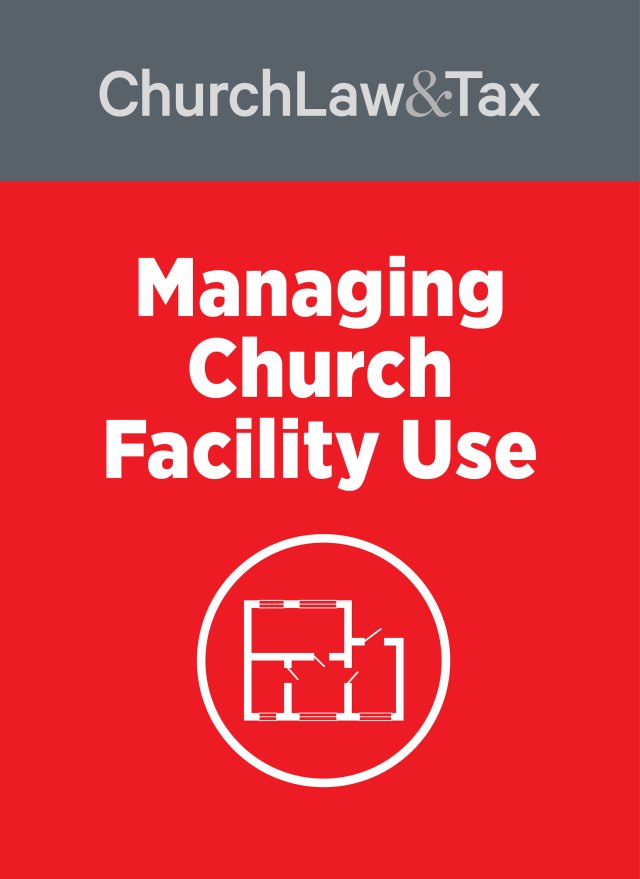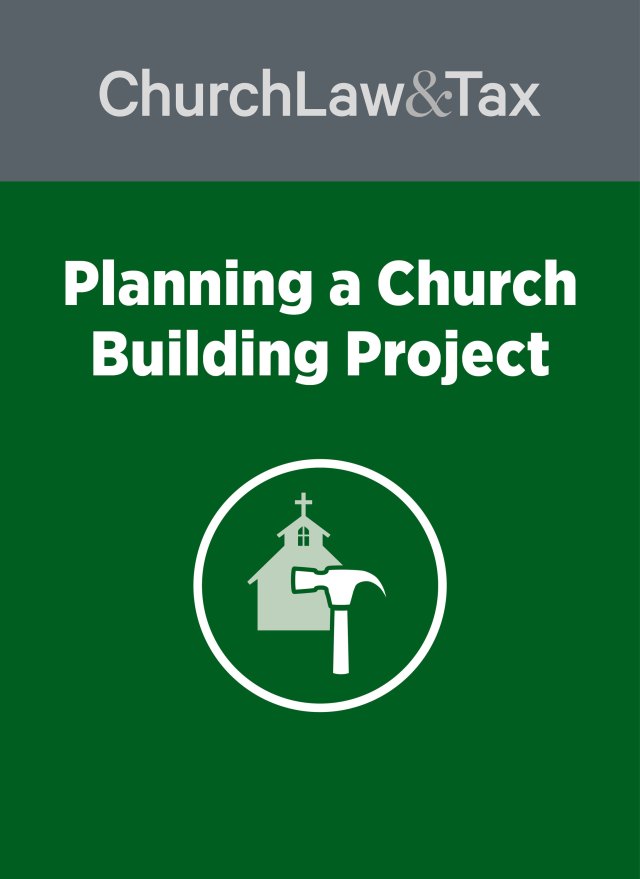• Key point. The statute of limitations specifies the deadline for filing a civil lawsuit. Lawsuits cannot be brought after this deadline has passed. There are a few exceptions that have been recognized by some courts, including the discovery rule. Under this rule, the statute of limitations does not begin to run until a person “discovers,” or with the exercise of reasonable diligence should have discovered, the nature and extent of his or her injuries.
An Iowa court ruled that a church was barred by the statute of limitations from suing a contractor for numerous construction-related problems that surfaced shortly after the completion of a construction and remodeling project. A church entered into a contract with a contractor for a construction and remodeling project. The contract included the following paragraph:
The Architect will prepare the Certificate of Substantial Completion, after he finds the work acceptable through the final inspection and all lien waivers requested by the Owner have been received. Warranties required by the contract documents shall commence on the date of Substantial Completion of the work. The Certificate of Substantial Completion shall be submitted to the Owner and the contractor for their written acceptance of the Certificate.
The contractor performed the construction work, and the city certified the facility to be ready for occupancy. Although the church acknowledged that the work was complete and satisfactory, several members began discovering potential defects shortly after the construction was finished. The defects included moisture problems, cracks, and deterioration of interior and exterior walls. The chairman of the church building committee, who was himself an engineer, wrote a letter on behalf of the church to the contractor outlining specific problems that had developed. Problems persisted over the years, and the church finally sued the contractor some ten years after the project was completed. The church asserted claims of breach of contract, breach of warranty, and negligence. The church sought damages of between $130,000 and $170,000.
The contractor claimed that all of the church’s claims were barred by the statute of limitations. Specifically, they claimed the breach of contract and breach of warranty claim were barred by the ten-year statute of limitations and all other claims were barred by a five-year statute. The church argued that the “discovery rule” removed the case from the usual statute of limitations deadlines. A trial court disagreed and dismissed all claims. The church appealed.
Statute of Limitations
A state appeals court agreed that all of the church’s claims were barred by the applicable statutes of limitation. It noted that the construction contract contained the following paragraph: “As between the parties to this Agreement: as to all acts or failures to act by either party to this Agreement, any applicable statute of limitations shall commence to run and any alleged cause of action shall be deemed to have accrued in any and all events not later than the relevant Date of Substantial Completion of the Work.” The contract identified the “Relevant Date of Substantial Completion” as follows: “The Date of Substantial Completion of the Work or designated portion thereof is the Date certified by the Architect when construction is sufficiently complete, in accordance with the Contract Documents, so the Owner can occupy or utilize the Work or designated portion thereof for the use for which it is intended.” The architect certified the “Date of Substantial Completion” as July 22, 1985. The court concluded that “the contract clearly provided for such a claim to be filed by July 22, 1995, and the action had been filed October 11, 1995.”
The court also rejected the church’s claim that the statutes of limitation should be suspended on the basis of the so-called discovery rule. It observed,
The discovery rule delays the accrual of a cause of action until plaintiff has in fact discovered he has suffered injury or by exercise of reasonable diligence should have discovered it …. Knowledge is imputed to a claimant when he gains information sufficient to alert a reasonable person of the need to investigate …. In [this case] the church was first aware of problems during April of 1985, before construction was completed. In addition [the chairman of the church buildings committee] wrote a letter to the [contractor] on behalf of the church on May 14, 1987; a lengthy and detailed report from [a civil engineer] was completed on April 8, 1988, and submitted to the [contractor]; and [the church’s] attorney threatened legal action in a letter … dated November 23, 1988 …. Finally, the petition which was filed specifically lists the varied and numerous problems which were apparent in 1987 and 1988. There is no other conclusion that can be reached other than the church discovered and was aware of the problems before October 11, 1990. Therefore, the claims of the church with regard to warranty, fraud, and negligence are barred by the five-year statute of limitations.
Repair Estoppel
The court also rejected the church’s claim of “repair estoppel.” Under the doctrine of repair estoppel, the statute of limitations may be suspended as a result of false representations that induce one into inaction to his detriment under the statute of limitations. The church insisted that the contractor’s subsequent attempts to repair the defective work amounted to repair estoppel, since they induced the church to “wait and see” if the repairs were successful rather than vigorously pursue its legal rights. The court concluded, “The repair of defective goods does not in itself rise to the level of deception. Neither do we believe that repairs accompanied by assertions that they will cure the defect generally amount to false misrepresentation. To be deceptive or fraudulent there must be some evidence that such repairs and assertions were not only made to conceal the true condition of the product, but also with the intent to mislead the injured party into the trap of the time bar. When such equitable grounds have not been established by clear and convincing evidence, it may not serve as a deterrent to the running of the statute of limitations.”
Application. This case illustrates the importance of correcting construction problems in a timely manner. Church leaders who refrain from suing a contractor over defective work because of repeated attempts by the contractor to “correct” a problem may be barred by the statute of limitation from pursuing their claim in court. St. Andrew Evangelical Lutheran Church v. Larson & Unzeitig, Inc., 2000 WL 18714 (Iowa App. 2000).
© Copyright 2001 by Church Law & Tax Report. All rights reserved. This publication is designed to provide accurate and authoritative information in regard to the subject matter covered. It is provided with the understanding that the publisher is not engaged in rendering legal, accounting, or other professional service. If legal advice or other expert assistance is required, the services of a competent professional person should be sought. Church Law & Tax Report, PO Box 1098, Matthews, NC 28106. Reference Code: m35 c0201




